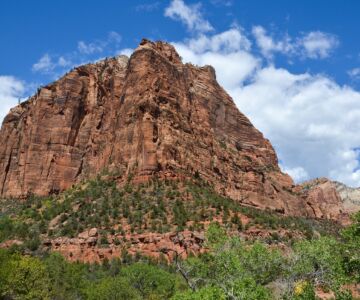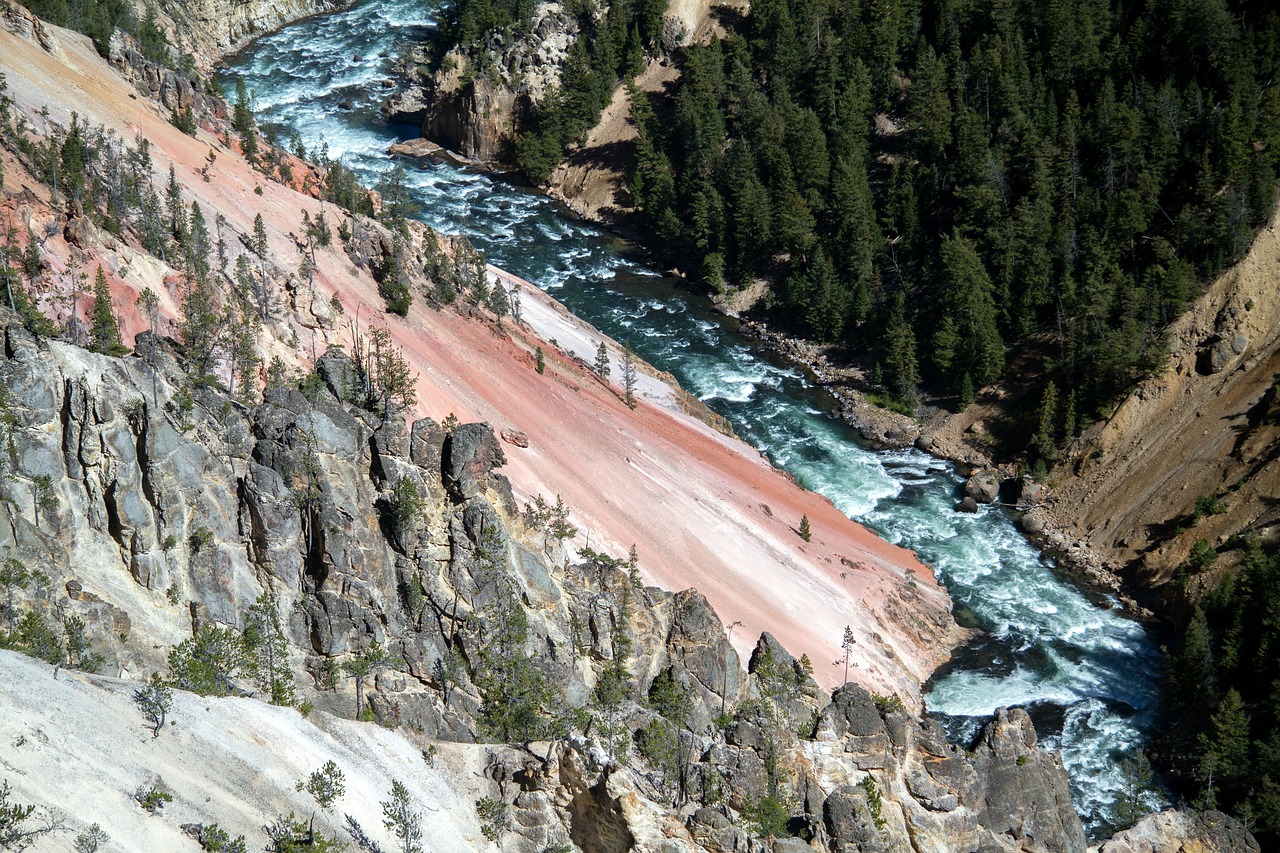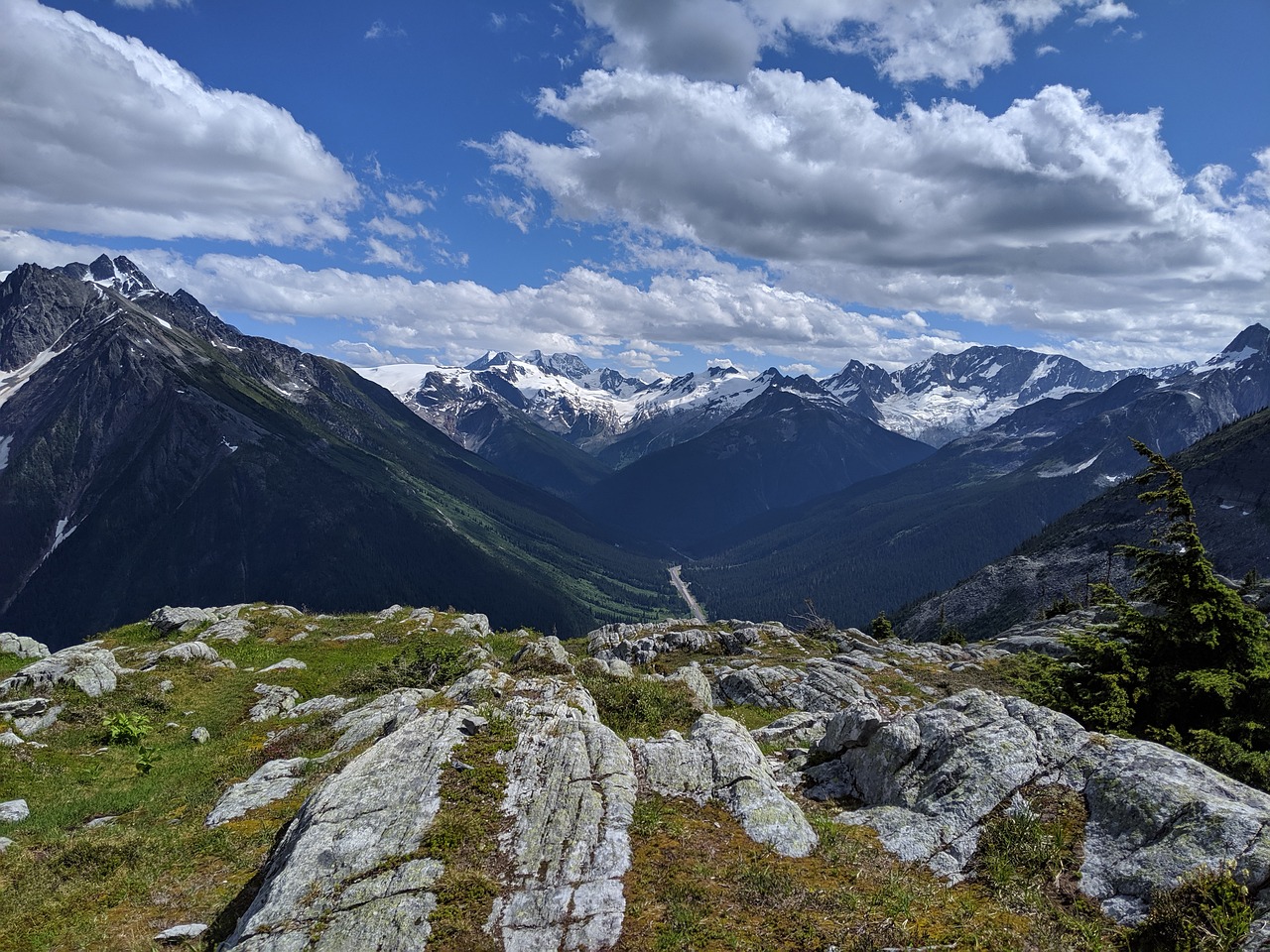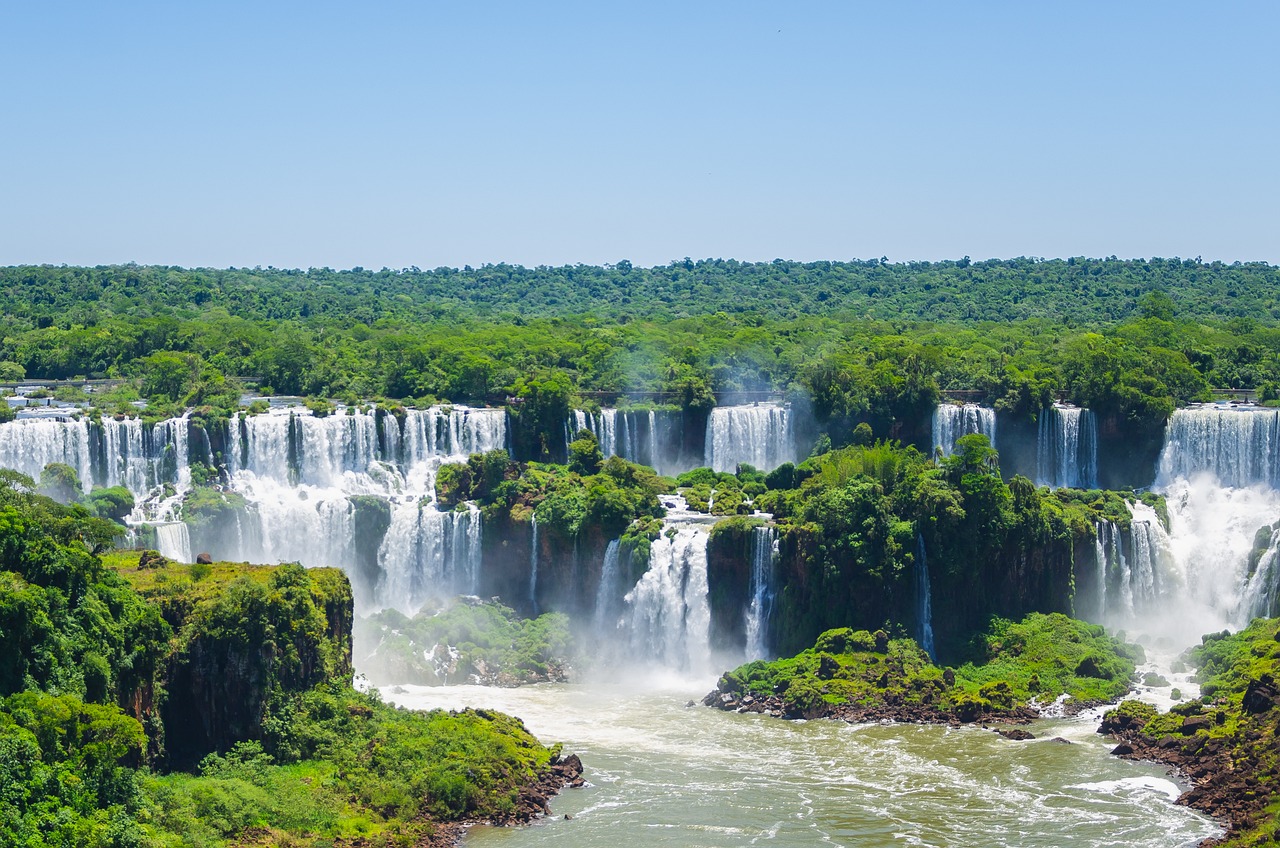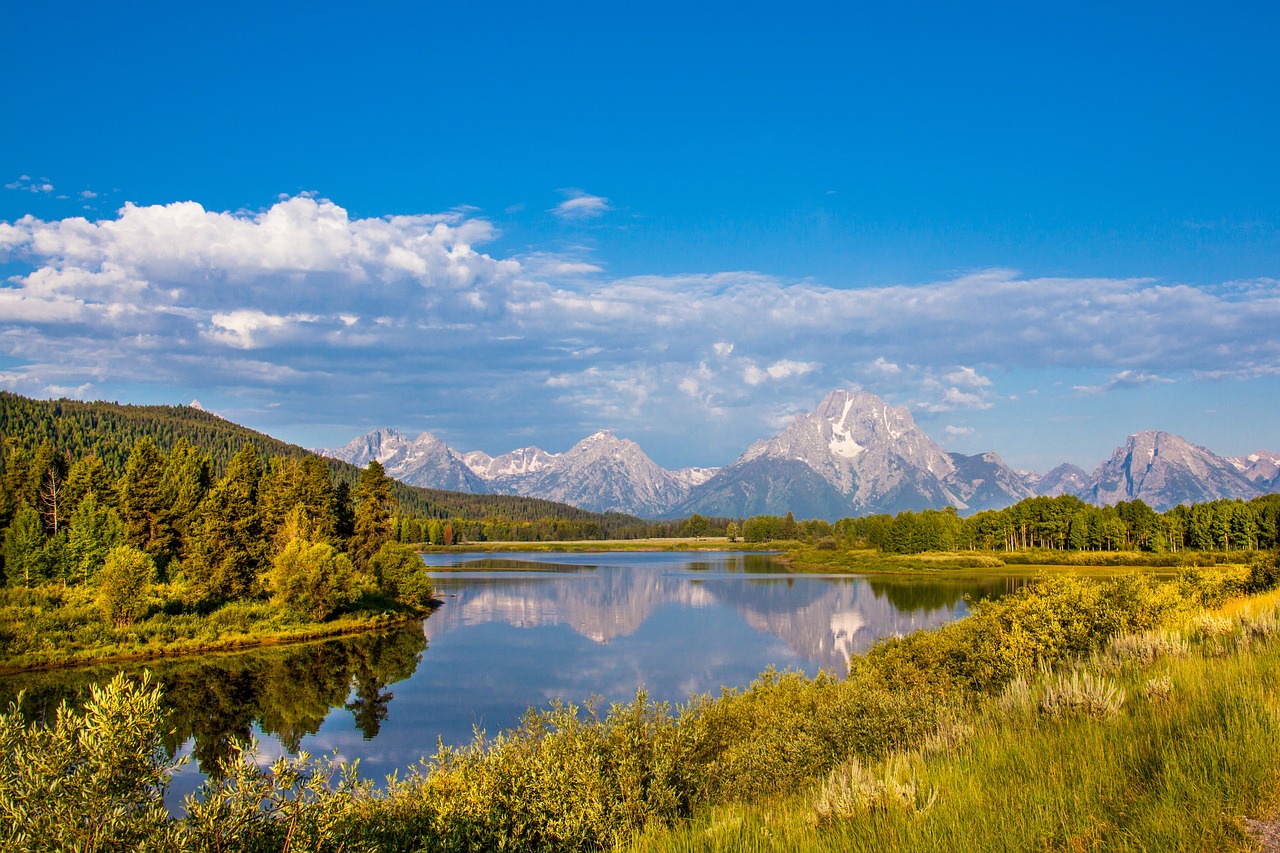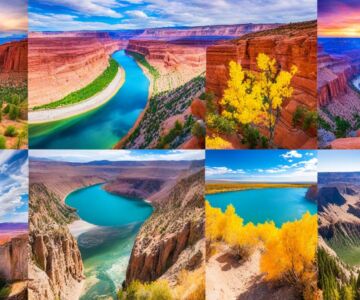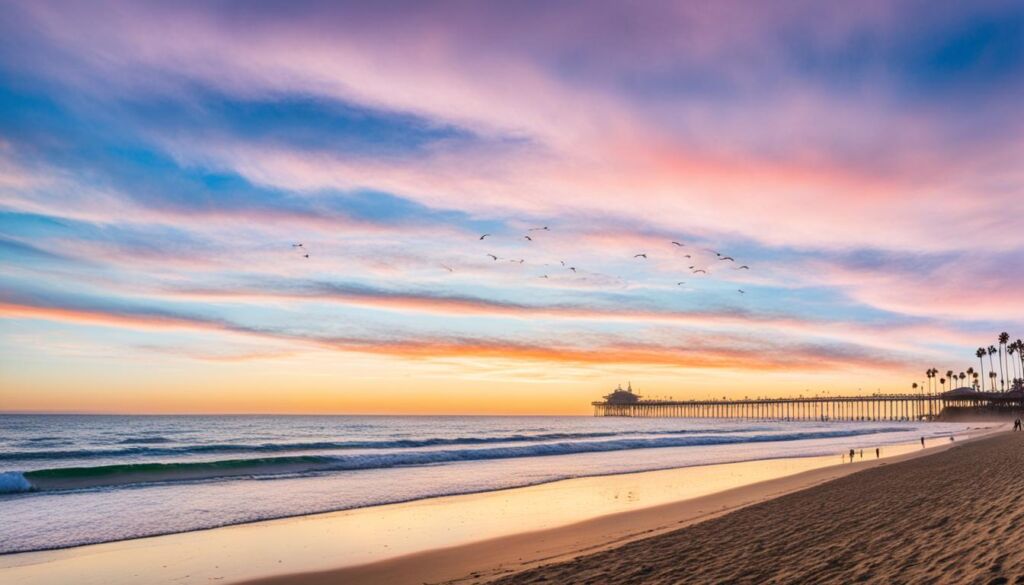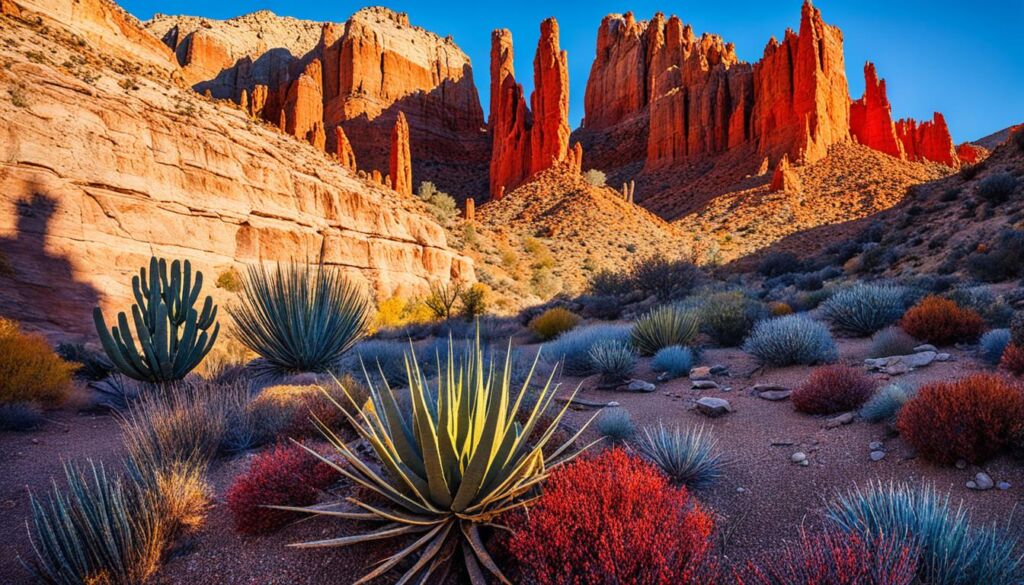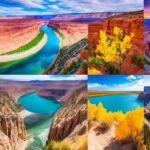The Sahara Desert is huge and famous. It has a mix of beautiful lands and rich cultures. It covers about 3.6 million square miles (9.4 million square kilometers).
This makes it the biggest hot desert worldwide. It goes through ten African countries. These include Algeria, Chad, Egypt, Libya, Mali, Mauritania, Morocco, Niger, Sudan, and Tunisia.
Visit the Sahara Desert and you’ll see very hot summers and freezing winter nights. Some areas get almost no rain. But, the desert has many different parts. You’ll find endless sand dunes, some reaching 590 feet (180 meters), which are about a quarter of the desert.
The area’s history comes alive with old rock paintings and carvings. They show the Sahara was once full of life and green. People have lived in the Sahara for thousands of years. Today, you can do many things there, like riding camels, sleeping under the stars, seeing old buildings, and finding green oases.
Key Takeaways
- The Sahara Desert spans approximately 3.6 million square miles, making it the largest hot desert in the world.
- It covers parts of ten countries: Algeria, Chad, Egypt, Libya, Mali, Mauritania, Morocco, Niger, Sudan, and Tunisia.
- Summer temperatures can exceed 120°F, while winter nights may drop below freezing.
- The desert features vast sand dunes known as ergs, which can reach heights of up to 590 feet.
- Ancient rock paintings suggest the Sahara was once a fertile region with diverse wildlife.
The Geography and Climate of the Sahara Desert
The Sahara Desert is huge, about as big as the United States. It spans from east to west for 3,000 miles. This vast desert covers nearly one-third of Africa, slicing North and South Sub-Saharan Africa apart. The Sahara’s weather and landforms make it an awe-inspiring yet tricky place to survive.
Climate
The Sahara is famous for its hot days and little rain. Each year, it gets around 3 inches of rain. This rain mainly comes in December to March and a bit in August. The desert’s weather is split into two main types: north is a dry subtropical climate and south is dry tropical.
In the north, it might get as cold as 55°F in winter and super hot in summer. The south can reach over 122°F in late spring and summer. Winter nights in both areas can get freezing.
People keeping cattle have kept the Sahara near the same for 7,000 years. For 2,000 years, it’s been pretty stable, except during the 16th to 18th centuries’ Little Ice Age.
Landscape
The Sahara is not just sand but also has mountains and more. It has dunes, reg, ergs, the Ahaggar and Tibesti Mountains, and the Libyan Desert. Over 25% of it is sand, with dunes reaching nearly 180 meters high. Central Sahara has ergs, shifting sand dunes, and the north more regs, flat gravel or rock plains.
The Ahaggar and Tibesti Mountains offer a different view. Mount Koussi in Tibesti is the Sahara’s highest point, at 3,415 meters. These mountains and scattered oases break up the sand sea.
Size-wise, the Sahara covers a lot of Africa, around 31%. It’s about 4,800 kilometers long and 1,800 kilometers wide. Its tough weather and massive size create a unique, breathtaking scene.
| Feature | Details |
|---|---|
| Length | 4,800 km (3,000 mi) |
| Width | 1,800 km (1,100 mi) |
| Area | 9,200,000 km² (3,600,000 mi²) |
| Annual Precipitation | 3 inches (76 mm) |
| Temperature Range | Day: >50°C (122°F), Night: |
| Highest Point | Mt. Koussi, 3,415 m (11,204 ft) |
The History and Culture of the Sahara Desert
The Sahara Desert stands out for its rich history and diverse cultures. It stretches around 3,000 miles from east to west and up to 1,200 miles north to south. This huge area is full of interesting history and various ways of life.
Ancient Civilizations
Long ago, the Sahara was a lush area with lots of wildlife and big empires. We know this from old rock art and other things found in the desert. The early people’s stories show how rich the Sahara’s history is.
Nomadic Tribes
Life is hard for those moving around the Sahara. The Tuareg people are one group known for their tough spirit and how they are led by women. They have their own way of life in the desert and wear special blue clothes.
Besides the Tuareg, there are Berber tribes like the Shawiya, Kabyle, and Mozabites. These groups keep their cultures strong, even in the tough desert.
Trade and Commerce
The Sahara’s trade routes are key to its past. They linked the desert to parts of Africa and the Mediterranean. This let people share goods, ideas, and ways of life. Gold, salt, and slaves were big items in this trade.
Using these routes, big empires of the past could grow rich. This made the Sahara an important place in history.
The mix of moving nomads, farmers, and traders keeps the Sahara’s culture unique. The people’s adaptability over time is clear in their stories and traditions.
Top Things to See and Do in the Sahara Desert
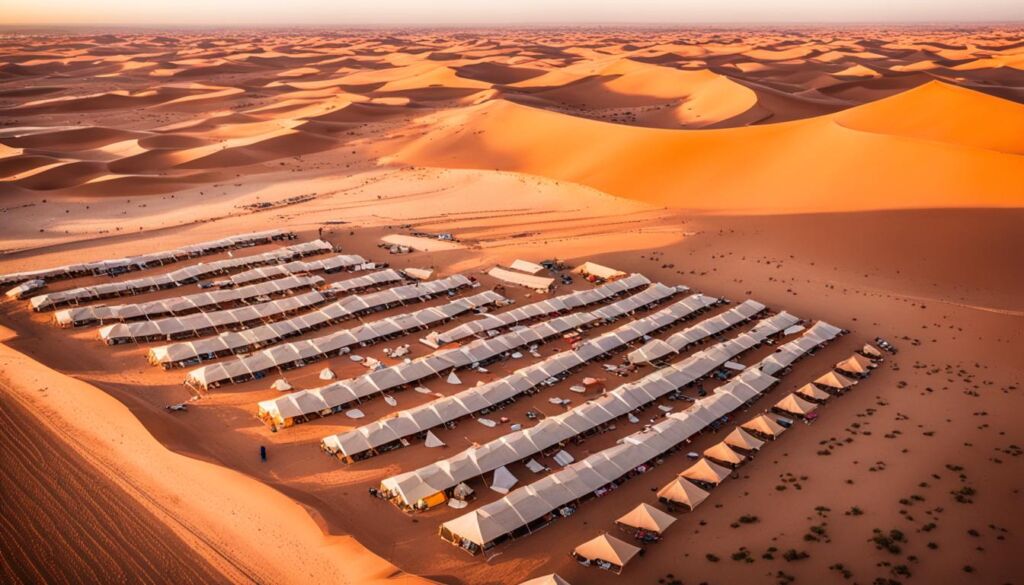
The Sahara Desert is huge, filled with many fun things to see and do. You can try camel trekking or stay in comfy desert camps. There is something exciting for every visitor.
Camel trekking in the Sahara is a classic adventure. It lets you walk the desert like the Berbers, Tuaregs, and Bedouins have done for ages. These tours are usually in small groups and give you a taste of peaceful desert life.
There are also amazing desert trek adventures. They are extra special during the Festival of the Sahara, when the area’s culture shines. Most activities are family-friendly, so even kids aged five and up can join.
| Activity | Details |
|---|---|
| Horse Riding | Available during the winter, with a weight limit of 95kg; riders need to be comfortable trotting to galloping on rough terrain. |
| Quad Bike Trips | Recommended for 1-2 hours, perfect for exploring sandy dunes. |
| Sand Bath | Healing properties, up to 30 minutes; ideal during summer months. |
| Stargazing | Unobstructed views due to no light pollution, best with a free stargazing app. |
| Sand Surfing | Thrilling adventure on the golden dunes with sand/snow boards or skis. |
Don’t miss the stunning oases like Siwa Oasis and Chebika. Their green beauty stands out in the desert. They also share the history and traditions of the locals.
If you love wildlife, the Sahara has rare animals like the desert fox (Fennec). Erg Chebbi and Erg Chigaga are great for seeing these creatures. They also work on saving animals like addax and gazelles.
For a real desert experience, try a Sahara Desert camp. They let you live like a nomad, with a warm campfire and tasty grilling. It’s a unique way to enjoy the sandy night skies.
Exploring the Sahara Desert
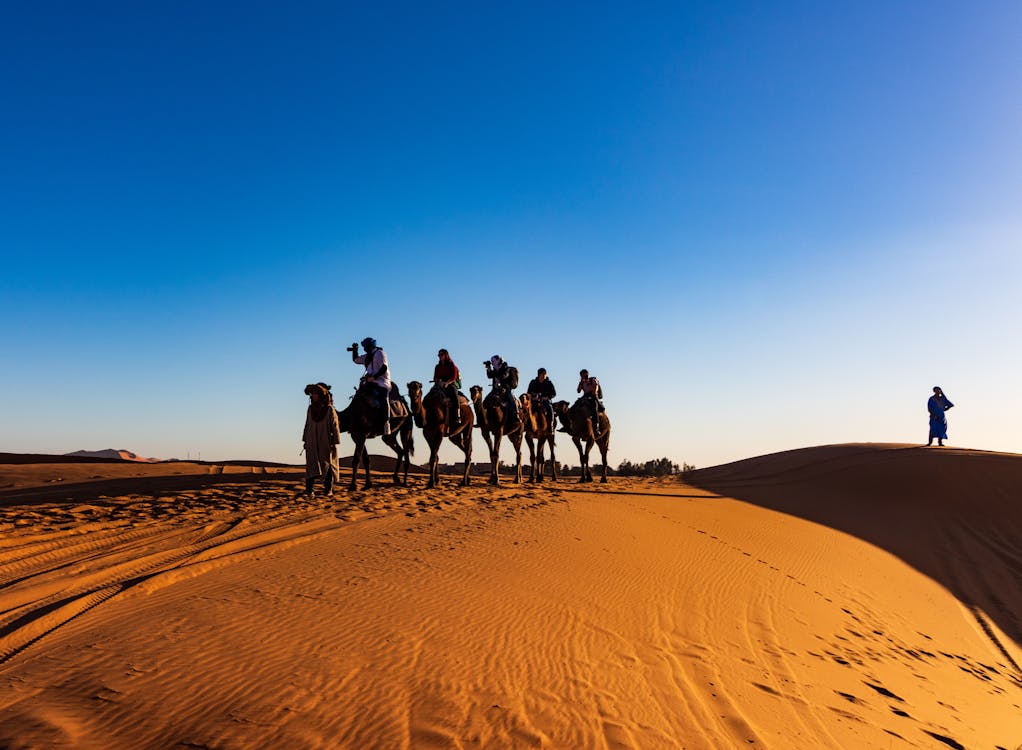
Going to the Sahara Desert lets you see a special place on our planet. It is over 3.8 million square miles and touches eleven countries. From the sandy dunes of Merzouga to the tall Ahaggar Mountains, the Sahara is full of beauty and history.
Camel Trekking
A trip to the Sahara is not complete without a camel ride. You can start from places like Merzouga. These camel trips show you the vast desert and old caravan paths.
Camping Under the Stars
Sleeping under the Saharan sky is magical. It’s very hot during the day, but cools down at night. You can camp near beautiful places like the Tassili n’Ajjer or Tadrart Acacus.
Visiting Oases
Oases in the Sahara, like Siwa Oasis, are like green gems in the desert. They are important for many plants and animals. Seeing them up close shows how precious water is in the desert.
Exploring Ancient Ruins
The Sahara holds many old sites. Places like Tassili n’Ajjer are full of ancient art and ruins. They tell the story of people who lived there long ago.
Exploring the Sahara is more than seeing sand. It’s about the many cultures and the natural wonders. Every part of this huge desert is waiting for you to find adventure and learn.
| Activity | Location | Highlight |
|---|---|---|
| Camel Trekking | Merzouga | Traversing Erg Chebbi dunes |
| Camping | Tassili n’Ajjer | Stargazing |
| Oasis Visit | Siwa Oasis | Flora and fauna |
| Ancient Ruins | Tadrart Acacus | Rock art |
Adventure Activities in the Sahara Desert
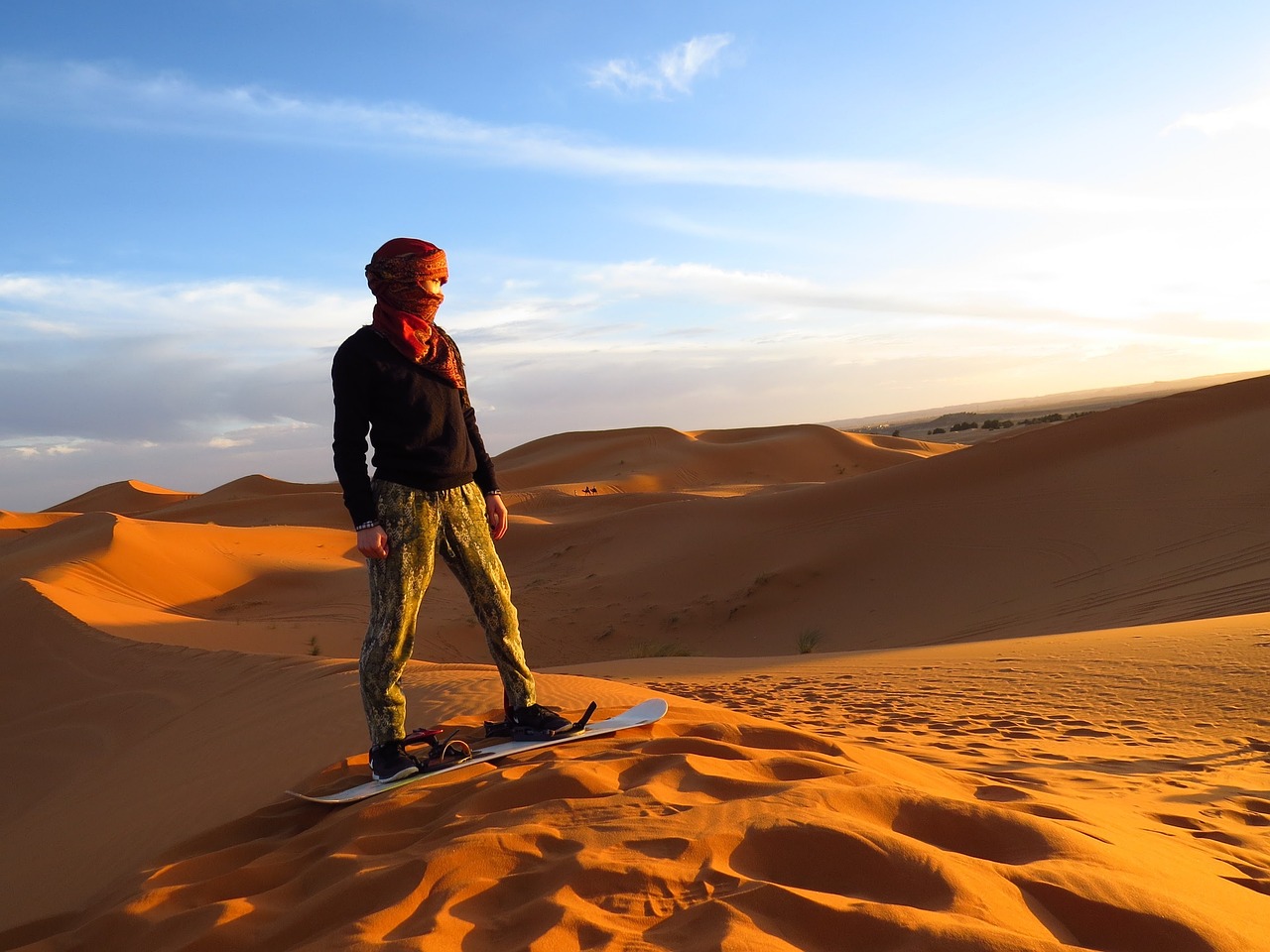
The Sahara Desert is full of fun for those who love adventure. You can try sandboarding or take a hot air balloon ride. It’s a perfect mix of thrill and beautiful views.
Sandboarding
Sandboarding in the Sahara is just like snowboarding but on sand. The tall dunes in Erg Chebbi are great for this. They can be as tall as 160 meters. It’s exciting for both beginners and experts.
Four-Wheel Drive Tours
Do you like fast rides and rough roads? Then, a 4WD tour in the Sahara is for you. Let the experts guide you through the desert’s different landscapes. It’s a big adventure you won’t forget.
Hot Air Balloon Rides
Riding a hot air balloon in the Sahara is amazing. You see the vast dunes below as you glide peacefully. It’s a magical way to experience the desert at sunrise or sunset.
These activities offer both fun and a chance to see the Sahara’s beauty up close.
| Activity | Experience | Location |
|---|---|---|
| Sandboarding | Exhilarating descent down the sandy slopes | Erg Chebbi, Morocco |
| 4WD Desert Tours | Adrenaline-filled trips through rugged terrain | Various locations across Sahara |
| Hot Air Ballooning | Serene aerial views at sunrise or sunset | Recommended near desert camps |
Exploring Moroccan Sahara: Erg Chebbi and Erg Chigaga
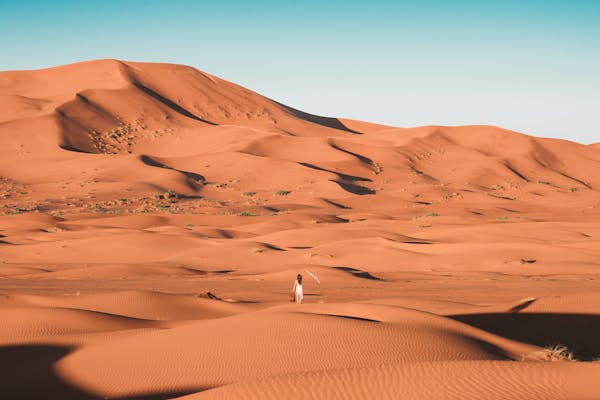
Have you ever been to the Moroccan Sahara? It’s home to the amazing Erg Chebbi and Erg Chigaga dunes. These places let you experience the desert in a special way. You’ll find luxury camps, fun activities, and meet the friendly Berber people.
Erg Chebbi
Imagine a desert near Merzouga town where people love to go. It has huge sand dunes, some over 500 feet high! These dunes go on for over 13 miles. Many tour groups take you to see them. It’s best to visit from October to May when it’s not too hot. You can do things like ride a camel or walk to the dunes. Try sandboarding or see the amazing sunrise and sunset in the desert.
Erg Chigaga
Now think of a place less crowded and very big. That’s Erg Chigaga, about 30 miles from M’Hamid. It’s a long trip from Marrakech but worth it. These dunes are the biggest in Morocco. Some are over 164 feet high. It’s perfect for quiet time and seeing the stars. The weather changes a lot, but it’s most pleasant from October to April.
You can try sandboarding, ride a camel, bake nomadic bread, and visit Iriqui National Park.
Accommodations
The Sahara offers amazing luxury camps at places like Erg Chebbi and Erg Chigaga. Erg Chigaga is known for its comfy, big tents. They have soft carpets, big beds, and private bathrooms. You mix with Berber culture and enjoy great food and music. There are also tents to try the nomadic life. These camps mix desert charm with luxury for a great stay.
Conclusion
Going on a Sahara Desert journey is like entering a world full of beauty, history, and adventure. It is as big as all the states joined together, filled with wonders. You can see the beauty of desert nights and the busy life at camel markets. The Sahara has grown by about 10% since 1920 because of climate change we cause and natural weather patterns.
The Sahara is great for those who love adventure. You can ride camels, fly in hot air balloons, snowboard on sand, or take a desert drive. Places like Erg Chebbi and Erg Chigaga in Morocco mix stunning nature with old traditions. People love staying in nomad camps, watching stars, and visiting ancient sites and oases.
The Sahara is not just stunning, it’s home to many animals and cultures. Yet, it faces a big problem with dryness and climate change. This is hurting the land and the people who live there. We need to work on these issues to help the desert and its people.
A journey in the Sahara is a mix of peace, fun, and learning. You can see the big dunes, learn about its rich culture, or just enjoy the night sky. It’s a place that touches your heart and stays in your memories. Discover why people from all over still find it a special place.



